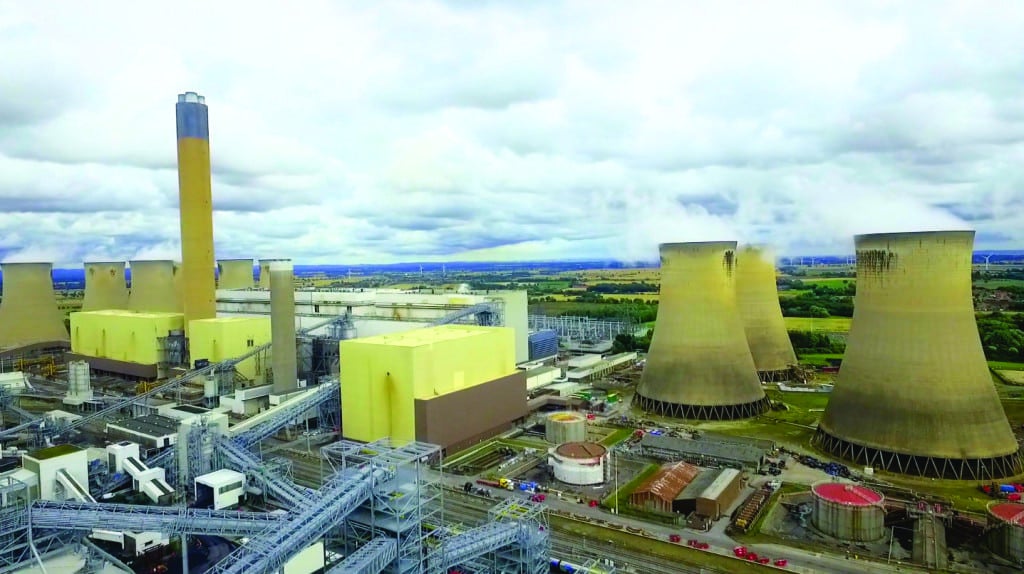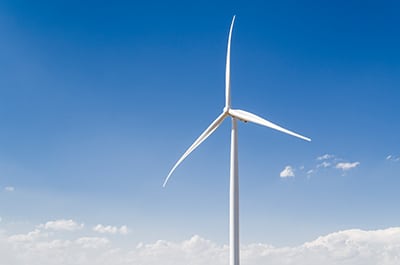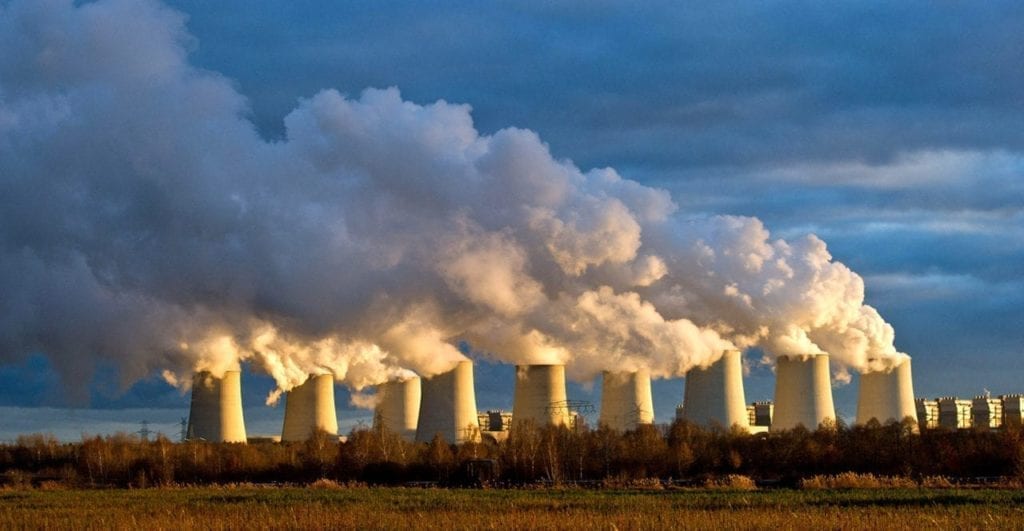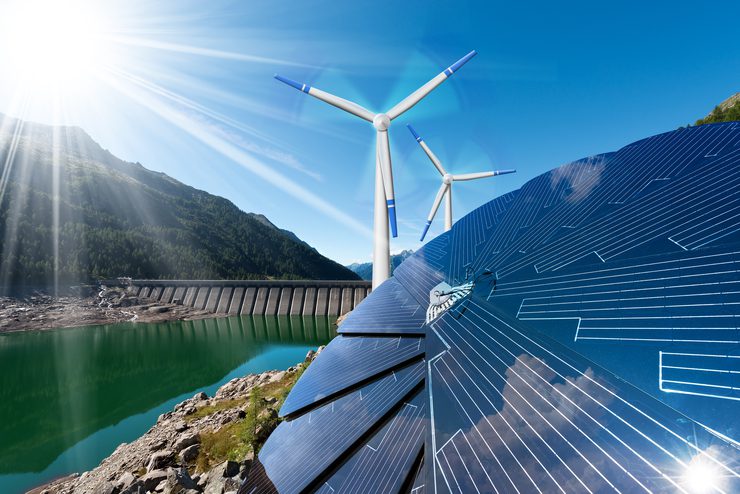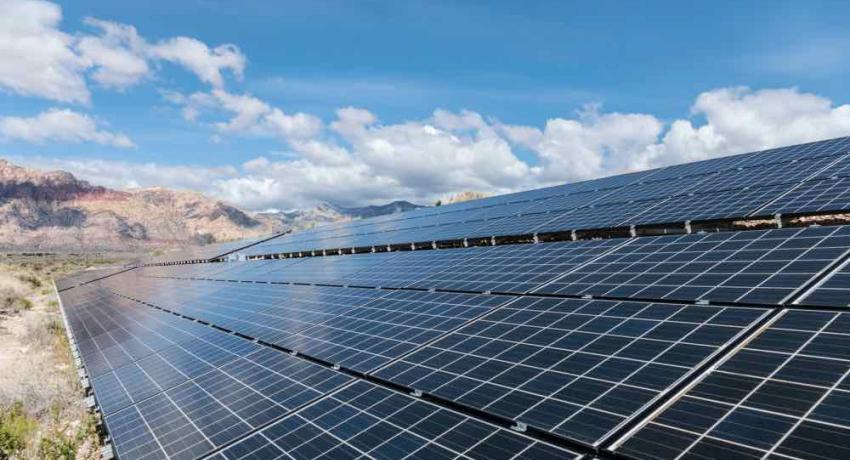Natural gas-fired generation continues to provide much of the electricity in the UK, but renewable power in total at times has taken the lead spot in the country’s generation mix over the past several months. The country has moved almost entirely away from coal, which a decade ago teamed with natural gas to provide three-quarters of Great Britain’s power.
The UK government in 2019 passed laws that require the country to reduce all greenhouse gas emissions to net zero by 2050, beyond the previous target of at least an 80% reduction from 1990 levels. The UK also plans to phase out all coal-fired generation by 2025. Chris Skidmore, the UK’s Energy and Clean Growth Minister when the legislation was passed, at the time said, “We’re leading the world yet again in becoming the first major economy to pass new laws to reduce emissions to net zero by 2050 while remaining committed to growing the economy—putting clean growth at the heart of our modern Industrial Strategy. We’re pioneering the way for other countries to follow in our footsteps driving prosperity by seizing the economic opportunities of becoming a greener economy.”
Boris Johnson, the UK’s prime minister, earlier in November announced plans for what his government has called a “green industrial revolution,” which includes expanding the country’s use of nuclear and hydrogen power. Johnson said the 10-point plan included as part of the initiative reiterates previous pledges to end the sale of fossil fuel-powered vehicles by 2030, and quadruple the amount of offshore wind power capacity within a decade. Though environmentalists praised much of the plan, some say its does not move fast enough to end the use of fossil fuels.
Carbon Price a Key
Global energy analysts have said the UK, even with continued reliance on some thermal power, has “cleaned up” its electricity mix faster than any other major world economy. Grant Wilson, a lecturer at the University of Birmingham who focuses on energy issues, told POWER that’s in large part due to the country’s price on carbon, now in place for several years, which accelerated the country’s move away from coal (Figure 1).
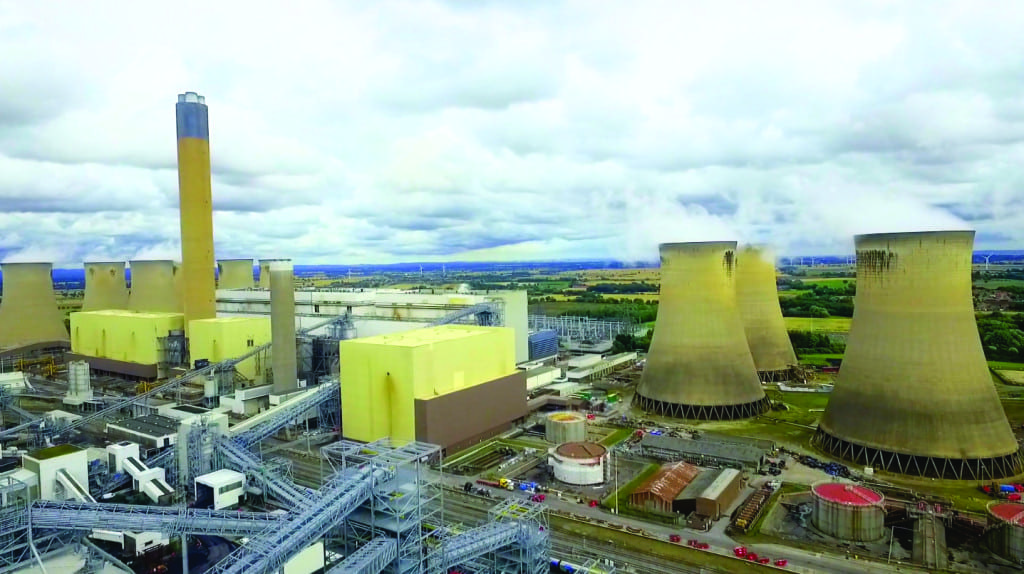
Wilson pointed out that “2019 saw the annual total for coal generation drop below solar and into seventh place [among all generation types] for the first time. Britain’s renewables also generated more electricity than coal and natural gas combined over a month for the first ever time in August [2019].” That trend has gotten stronger over the past year; government data released in October of this year showed that renewables’ share of UK electricity generation climbed to 44.6% in the second quarter of 2020, up nine percentage points on the year.
Wilson also noted that demand for power in the UK has trended downward for more than a decade, as the country has embraced energy efficiency measures. Wilson, along with Iain Staffell of Imperial College London, and Noah Godfrey of the University of Birmingham, noted what they called a “remarkable shift in Britain’s electrical system during the 2010s. The amount of electricity consumed fell by nearly 15% between 2010 and 2019, with the economy using 50 terawatt hours (TWh) less electricity in 2019 than it did in 2010.” Wilson said, “Britain now has the cleanest electrical supply it has ever had.”
Providing for Baseload Power
A caveat for the UK’s transition away from fossil fuels has been that any changes to the country’s generation mix must still provide for reliable sources of baseload power. While coal-fired generation supplied less than 2% of Britain’s electricity last year, natural gas today provides about 40% of the nation’s electricity. Wind power is in second place, supplying nearly 21% of the UK’s electrical demand in the past year, up from just 3% in 2010.
David McLeod, ULC Technologies UK head of business development, told POWER, “By 2030, it is likely that we will see a significant growth in wind and solar-powered energy, while the conversation around hydrogen is just getting started. Natural gas is still a major part of the UK’s power generation, and it will take some time for it to officially phase out. As the UK moves away from fossil fuels for power generation though, technology will be essential in assisting with this transition to ensure safety and efficiency.”
McLeod said his company plans to launch an unmanned aerial services program in 2021. Its “mission is to help utility and energy companies solve problems through the application of our unmanned aircraft technology. This includes looking at exciting applications for offshore wind companies to increase safety and reduce maintenance costs as the growth of renewable energy continues. Unmanned aircraft are great for capturing tremendous amounts of inspection data with very low risk, and that goes together with the need for machine learning (i.e. artificial intelligence) to process the data.”
As McLeod noted, changes in the UK’s power generation system enhance the need to introduce new technologies. Construction recently began on the first new synchronous condenser in the UK, under the National Grid’s Pathfinder program. The condenser, being built in Wales, is expected to provide critical support services to stabilize the grid as the UK moves away from thermal power generation and increases its use of renewable resources, including solar power (Figure 2) and energy storage.

The UK government in late May threw its support behind plans to develop the country’s largest solar park, a £450 million ($555 million) joint venture between Hive Energy and Wirsol Energy. The Cleve Hill Solar Park, designed with 350 MW of generation capacity, will use 880,000 solar panels and be located near the towns of Faversham and Whitstable on the north Kent coast.
Flexible Reserve Capacity
Quinbrook Infrastructure Partners, a global investment manager focused on lower-carbon and renewable energy infrastructure investment, has taken a lead role in the UK’s energy transition, including the National Grid program. The company over the past two years has developed, built, or acquired several assets including those dealing with flexible generation, grid support infrastructure, and demand response.
Those projects include more than 300 MW of flexible reserve capacity either operational or under construction across 21 sites in Wales, Scotland, and England. The company also acquired Flexitricity, among the first of a group of demand-response operators in Great Britain. Flexitricity has participated in UK power markets for more than 10 years, looking at customer demand management as decarbonization accelerates. The group works to create cost savings for energy consumers, while enhancing grid support during periods of high demand and higher power prices. The Flexitricity virtual power plant includes an aggregated 540 MW of distributed flexible power from a range of assets owned by customers across the UK.
ESG Impact
Rory Quinlan, who co-founded Quinbrook along with David Scaysbrook in 2015, told POWER the company “has specialized in the creation of new infrastructure assets that deliver real and tangible ESG [environmental, social, and governance] impact on behalf of its investors. Quinbrook is operating at the forefront of the accelerating energy transition to achieve ‘net zero’ emissions from the UK’s energy supply system.” Quinlan said Quinbrook “is currently constructing one of the UK’s largest diversified portfolios of reserve power assets for managing intermittency challenges arising from the rapid growth in wind and solar.”
One business Quinbrook has invested in is Velox Power, which comprises a diversified portfolio of reserve power and grid support infrastructure assets providing secure, dispatchable, peaking power using modern, high-efficiency gas engines. The technologies within the portfolio include gas peaking, landfill gas, and coal mine methane. More than 96% of the 357.5-MW portfolio within the Velox Power business have secured 15-year Capacity Market contracts.
Quinlan said the synchronous condenser is an important technological piece to support renewable generation resources. He told POWER that a “synchronous condenser is an electric generator/motor whose rotor can spin freely. Synchronous condensers are applying an established century-old technology to support the current operation of and transition to the power system of the future. With an increase in renewable penetration, and retirement of nuclear plants, generation from synchronous sources such as coal, gas, and nuclear is expected to decrease significantly in the future. This is creating increasing instability of system frequency and local voltage levels, which synchronous condensers are able to help control without displacing renewable energy generation.”
Challenges Await
Mark Chadwick, managing director of Sustainability Solutions at ENGIE Impact, told POWER that the UK’s transition to more renewable resources comes with challenges. “Renewable sources will continue to become a growing trend over the next several years. However, renewable sources typically connect to the grid with technologies that are not synchronous machines, which may have implications on the technical characteristics of the system, such as lower inertia, lower short-circuit power, strong fluctuations due to RES [renewable energy system] variability, and so on. These can pose challenges so it’s important to consider all the variables when transitioning to renewables.
“We’ll also expect to see new grid portions based on entirely new technologies. For instance, offshore wind is expected to become a significant part of the generation matrix for the UK and other countries that have access to the North Sea.” Chadwick added, “As the grid becomes more digitized over the next decade, it will offer an opportunity to increase the level of intelligence between the various agents that compose the power system and support the balancing function to ensure the equilibrium of supply and demand is maintained.
“For example, consider EV charging—a misalignment between the actual RES output and what was forecasted can have significant efficiency and cost implications. Overall, to truly transform the UK power grid, there must be better cross-sector collaboration among public and private entities in order to simplify the changes that will need to be made, particularly as it relates to the impact on consumers. We can envisage a power system that is digitally controlled, with connected devices such as electric vehicles able to provide grid balancing services by charging and discharging as required. We can also envisage a more decentralized system, with a far greater proportion of energy consumers also being producers.”
Migration to Renewables
CIL Management Consultants, an international investment advisory group with offices in London and also Chicago, Illinois, in a report provided to POWER said that for the UK to reach its carbon emissions reduction goals the country’s “energy generation will have to migrate to renewable sources. Energy distribution, storage and exploitation will need to adapt to accommodate this shift. [The country] will need to develop technology to capture and store carbon dioxide.” The group said it “is currently not possible to capture and store carbon on a large scale. In order to meet net zero by 2050, CCS [carbon capture and storage] will need to be operational by the mid-2020s and operating at scale by the 2030s.”
Said Quinbrook’s Quinlan: “The drive to reduce the carbon intensity of power generated and consumed in the UK is economy-wide [and] this rapid transition of power supply infrastructure is expected to create attractive investment opportunities featuring both regular cash yield and capital appreciation.” He said “the next three to five years will be a critical phase” for the country’s energy transition as investors sort out which technologies will have lead roles in UK power generation.
—Darrell Proctor is associate editor for POWER (@POWERmagazine).











